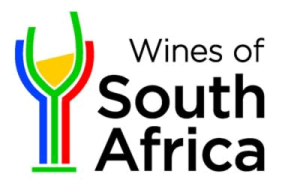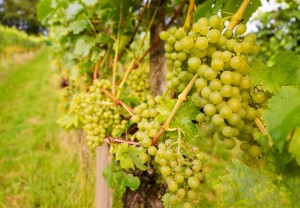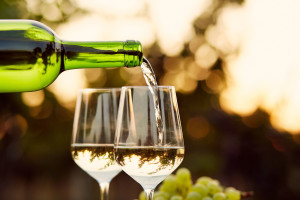Today we have a conference preview from Jim Clarke, the U.S. Marketing Manager for Wines of South Africa (WOSA). Jim gives us some background on the Chenin Banc grape in South Africa as an introduction to his upcoming conference session entitled “Chenin Blanc: South Africa’s Flagship Grape?”
Chenin Blanc, especially old vine Chenin, may be the most exciting and confusing grape in South Africa. If you’ve had traditional, Francophile wine training, you think of Chenin Blanc as a cool climate variety. After all, its French home, the Loire Valley, is one of the country’s more northerly regions, and the wines there are renowned for their high acidity, so much so that 60% of the region’s Chenin goes to sparkling wine production, and many of the still wines require a bit of residual sugar for balance. South Africa’s Chenin is mostly planted in warmer areas, where it is prized for keeping its freshness despite the heat.
Historically, South Africa is nonetheless no stranger to Chenin Blanc with a hint of sweetness, but that was more the result of market demands than growing conditions. South Africa pioneered cool-temperature fermentations in the 1950s, and the technique lends itself to (among other things) producing light, off-dry whites very affordably. By the mid-1960s, the world’s biggest packaged (i.e. non-bulk) brand, Lieberstein, was a South African product made in just that style.
That’s hardly what we’re talking about when we crow about South African Chenin today, though. Much like the way white Zin kept some of California’s best Zinfandel vineyards from being ripped up so that eventually discerning producers would realize they were capable of so much more, the best part of those innocuous off-dry wines like Lieberstein was that they helped preserve a now vital part of South Africa’s vinous patrimony.
Today, those old vines are yielding exciting wines in the hands of forward-thinking winemakers. Chenin Blanc is South Africa’s most planted variety, but it’s still only 18.5% of the country’s plantings. When it comes to old vines, however, Chenin dominates the scene. There are 998 hectares of old vine Chenin Blanc in the Western Cape; compare that to Pinotage, number two in old vine vineyards, at just 189 ha.
How old is old? The Old Vines Project, dedicated to protecting this heritage, says at least 35. That cut-off is about both the nature of the vines, and of the farmers who grow them. At 35, yields tend to lessen significantly, and a farmer might well decide that it’s time to replant, if his or her primary concern is getting a decent tonnage. One of the main goals of the Old Vines Project is to convince farmers that, when worked properly, these vineyards yield higher-quality grapes. These, in turn, can merit premium prices, justifying leaving the vines in the ground. At the same time, the Project works to connect these farmers with winemakers who appreciate the quality grapes and are glad to pay for them.
Rosa Kruger, a journalist-turned-viticulturalist and founder of the Old Vines Project, has led the way with documenting and helping preserve these vineyards since 2002. After work in Stellenbosch and in Cape Point, she moved to Swartland, and her work there with Eben Sadie helped push his name forward as one of the country’s top winemakers. While Rosa is often associated with Eben and the “young guns” of South African winemaking, she also works closely with Anthonij Rupert, a larger producer with four separate brands. Rupert has actually provided the majority of the backing for the Old Vines Project.
The Project itself was initially little more than a catalog of old vine vineyards, eventually documented and shared with the world on their website, iamold.co.za (currently being revamped). In 2016 Kruger took a director’s role, and day-to-day operations have been handed to Andre Morgenthal, former Communications Director for Wines of South Africa, and Jaco Engelbrecht, a viticulturalist specializing in resuscitating old vineyards. In addition to their work in the vineyards, this has allowed them to raise awareness of the program further abroad, staging tastings in London and elsewhere.
As the Project moves forward, future goals include making sure that today’s 20-30-year-old vines make it to old age. That means reaching out to a much wider range of farmers and encouraging them to think about the future. Ultimately the economics have to work, and that means that old, cheap wine image (not so prevalent in the U.S., but still a problem in some European markets, South Africa’s largest) has to be finally put to bed. This doesn’t mean South African wines will cease to be good values; with the exchange rate as it is, South African wines will continue to over-deliver. Old vines are just one tool that allows the South African wine industry to do so at a high level rather than just on the bargain shelf, and that’s nowhere more apparent than in their Chenin Blancs and Chenin Blanc-based blends.
Jim Clarke’s session—Chenin Blanc: South Africa’s Flagship Grape?—will be presented on Friday, August 11th at 10:30 am as part of SWE’s 41st Annual Conference, to be held in Portland, Oregon.


